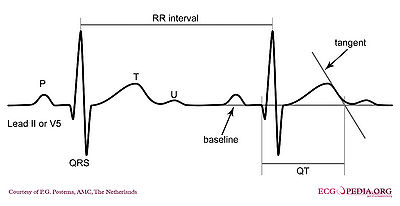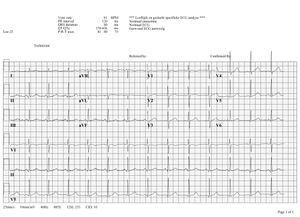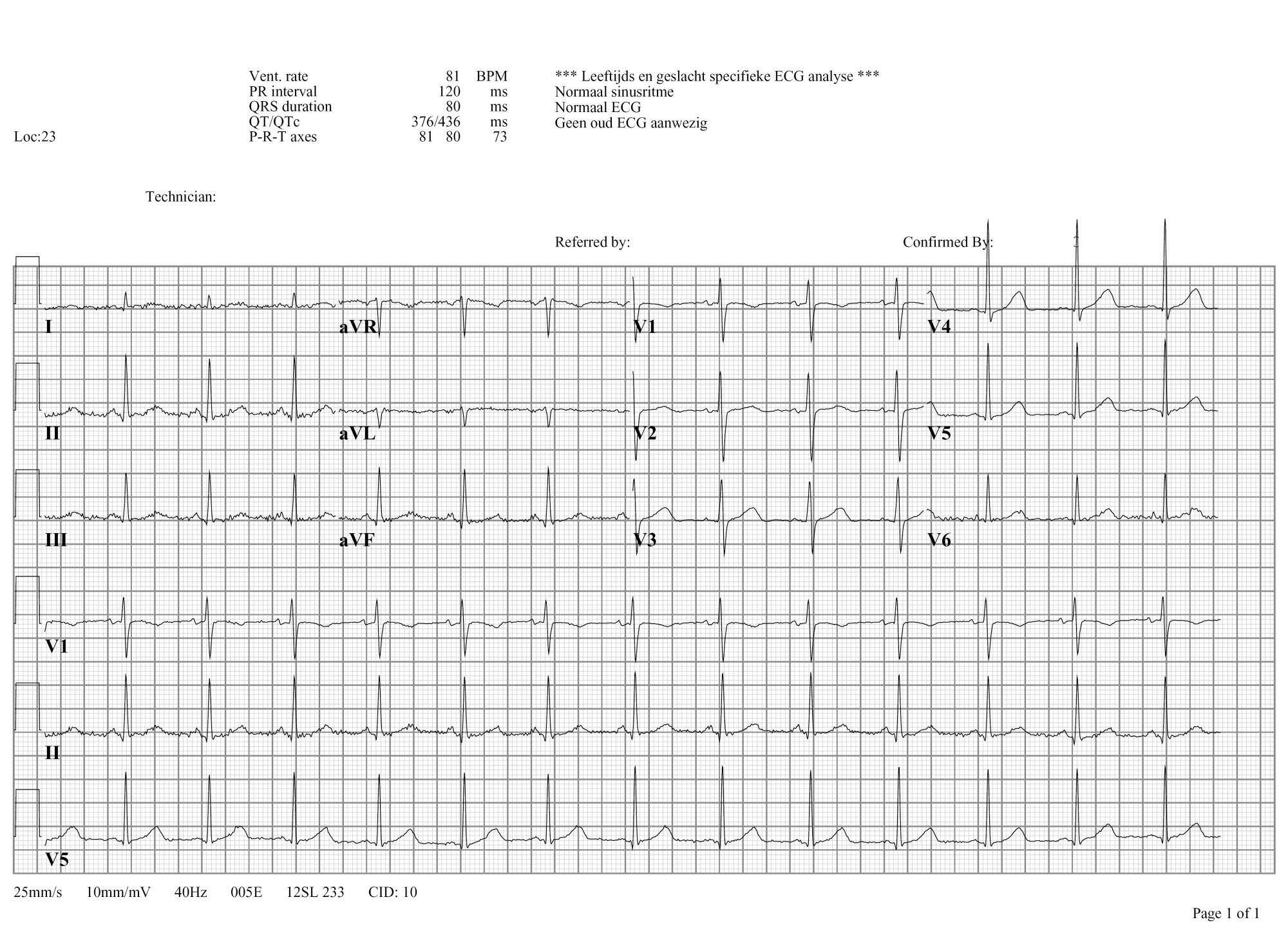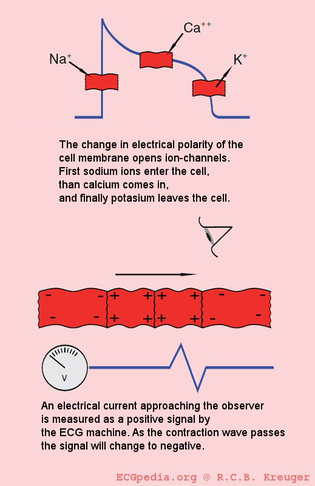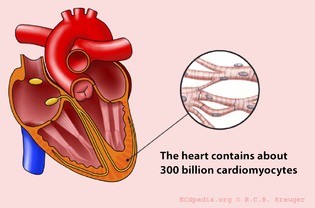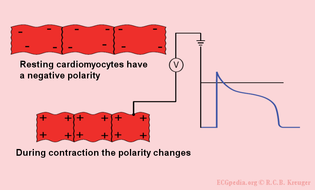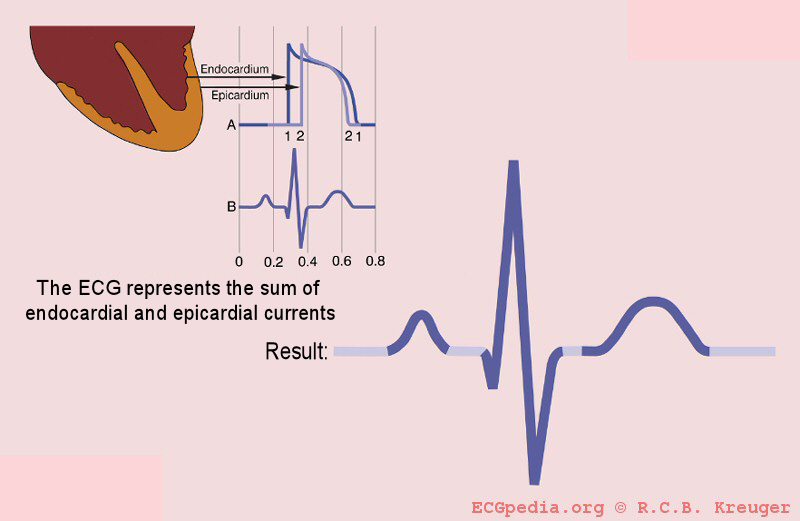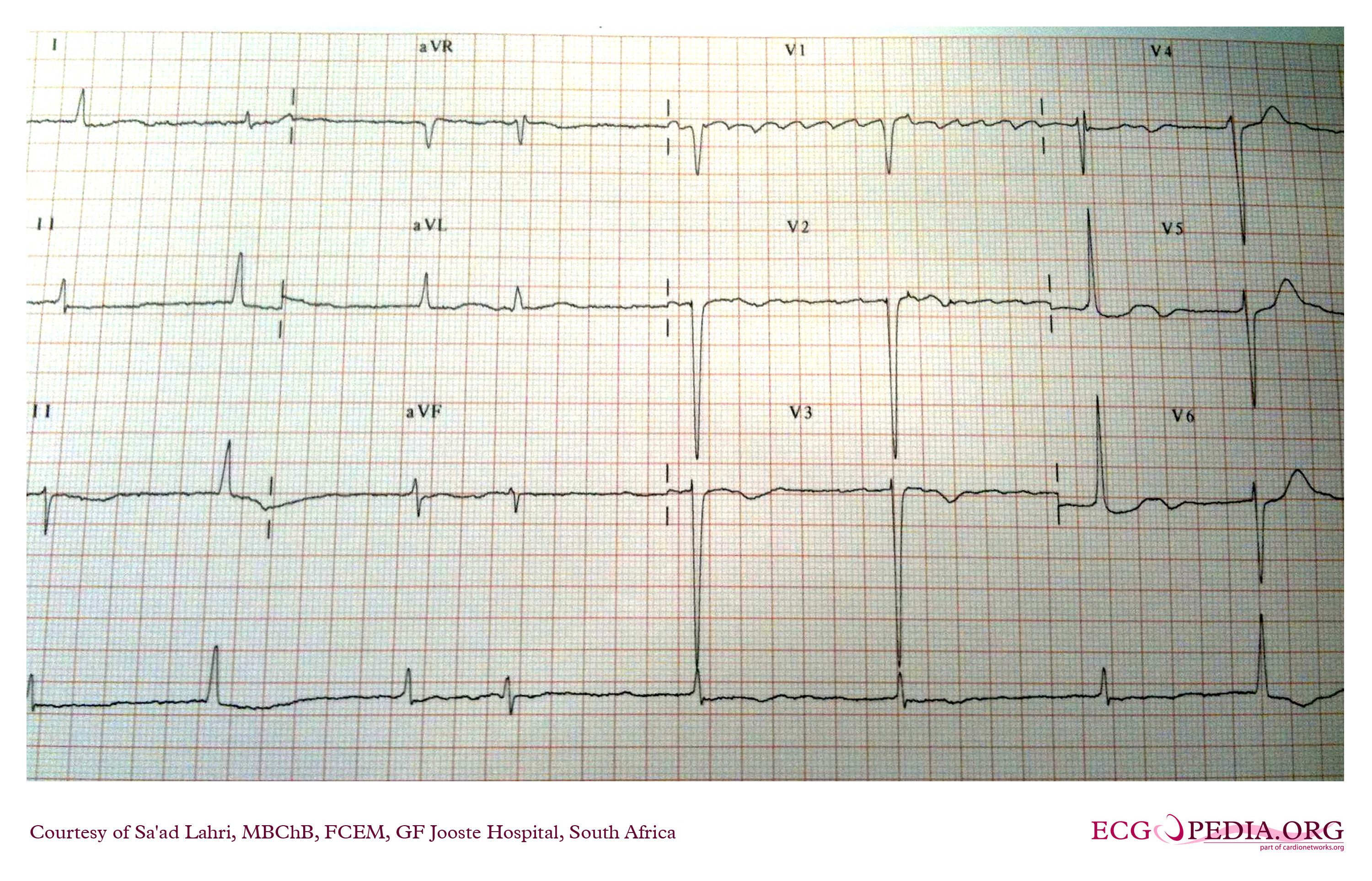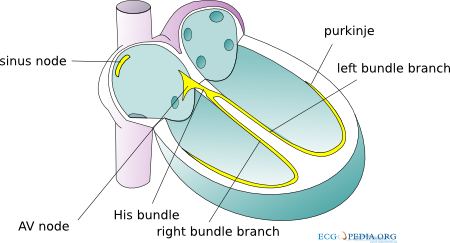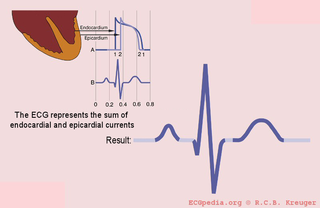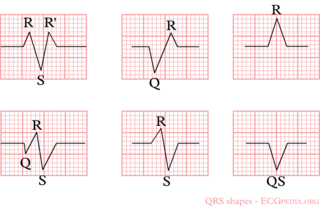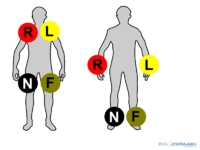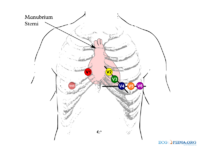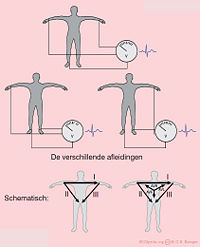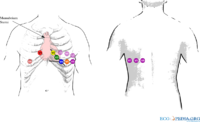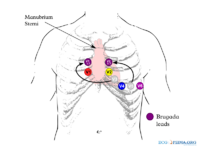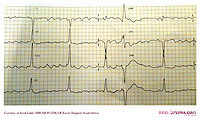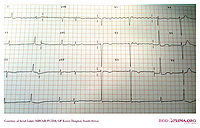فاطمة بنت قيس وقصة طلاقها وبيان أنه كان علي قاعدة الطلاق أولا ثم العدة ثم التسريح المستوحاة من سورة البقرة ثم نسخ في سورة الطلاق تبديلا بالعدة أولا ثم الطلاق ثم التفريق
319 -الحديث الثاني : عن فاطمة بنت قيس " أن أبا عمرو بن حفص طلقها ألبتة ، وهو غائب - وفي رواية : { طلقها ثلاثا - فأرسل إليها وكيله بشعير ، فسخطته . فقال : والله ما لك علينا من شيء : فجاءت رسول الله صلى الله عليه وسلم فذكرت ذلك له ، فقال : ليس لك عليه نفقة }.وفي لفظ : { ولا سكنى - فأمرها أن تعتد في بيت أم شريك ، ثم قال : تلك امرأة يغشاها أصحابي ، اعتدي عند ابن أم مكتوم . فإنه رجل أعمى ، تضعين ثيابك ، فإذا حللت فآذنيني . قالت : فلما حللت ذكرت له : أن معاوية بن أبي سفيان وأبا جهم خطباني ، فقال رسول الله صلى الله عليه وسلم : أما أبو جهم : فلا يضع عصاه عن عاتقه . وأما معاوية : فصعلوك لا مال له ، [ ص: 574 ] انكحي أسامة بن زيد ، فكرهته ثم قال : انكحي أسامة بن زيد ، فنكحته . فجعل الله فيه خيرا ، واغتبطت به } .
319 -الحديث الثاني : عن فاطمة بنت قيس " أن أبا عمرو بن حفص طلقها ألبتة ، وهو غائب - وفي رواية : { طلقها ثلاثا - فأرسل إليها وكيله بشعير ، فسخطته . فقال : والله ما لك علينا من شيء : فجاءت رسول الله صلى الله عليه وسلم فذكرت ذلك له ، فقال : ليس لك عليه نفقة }.وفي لفظ : { ولا سكنى - فأمرها أن تعتد في بيت أم شريك ، ثم قال : تلك امرأة يغشاها أصحابي ، اعتدي عند ابن أم مكتوم . فإنه رجل أعمى ، تضعين ثيابك ، فإذا حللت فآذنيني . قالت : فلما حللت ذكرت له : أن معاوية بن أبي سفيان وأبا جهم خطباني ، فقال رسول الله صلى الله عليه وسلم : أما أبو جهم : فلا يضع عصاه عن عاتقه . وأما معاوية : فصعلوك لا مال له ، [ ص: 574 ] انكحي أسامة بن زيد ، فكرهته ثم قال : انكحي أسامة بن زيد ، فنكحته . فجعل الله فيه خيرا ، واغتبطت به } .
" وفي الحديث دليل على جواز ذكر الإنسان بما فيه عند النصيحة . ولا يكون[ص: 577 ]من الغيبة المحرمة وهذا أحد المواضع التي أبيحت فيها الغيبة لأجل المصلحة . و " العاتق " ما بين العنق والمنكب .
وفي الحديث : دليل على جواز استعمال مجاز المبالغة ، وجواز إطلاق مثل هذه العبارة ، فإن أبا جهم : لا بد وأن يضع عصاه حالة نومه وأكله ، وكذلك معاوية لا بد وأن يكون له ثوب يلبسه مثلا ، لكن اعتبر حال الغلبة ، وأهدر حال النادر واليسير .
وهذا المجاز فيما قيل في أبي جهم : أظهر منه فيما قيل في معاوية ; لأن لنا أن نقول : إن لفظة " المال " انتقلت في العرف عن موضوعها الأصلي إلى ما له قدر من المملوكات ، أو ذلك مجاز شائع يتنزل منزلة النقل ، فلا يتناول الشيء اليسير جدا ، بخلاف ما قيل في أبي جهم . وقوله " انكحي أسامة بن زيد " فيه جواز نكاح القرشية للمولى . وكراهتها له : إما لكونه مولى ، أو لسواده ، و " اغتبطت " مفتوح التاء والباء وأبو جهم المذكور في الحديث : مفتوح الجيم ساكن الهاء ، وهو غير أبي الجهيم الذي في حديث التيمم .
قلت المدون: حادثة طلاق فاطمة بنت قيس تمت وأبو عمرو ابن حفص في غزوة الي اليمن مع علي ابن أبي طالب وكانت هذه الغزوة في أوائل العهد المدني أي حين كانت أحكام الطلاق تحت مظلة سورة البقرة والتي كانت قد تنزلت ابان العامين الأولين للهجرة وظلت مهيمنة علي المجتمع المسلم حتي تبدلت قواعدها بعد نزول سورة الطلاق التي نزلت في غضون العام الخامس الهجري تقريباً ،وكانت القاعدة في الطلاق المتأسسة علي تنزيل سورة البقرة هي :
ثم نسخ ماجاء في سورة البقرة تبديلاً بما جاء في سورة الطلاق:


وقد ورد علي ذلك بعض الأدلة التي احتواها نص رواية فاطمة بنت قيس * وفاطمة بنت قيس كما جاء في سير أعلم النبلاء :
قلت المدون: حادثة طلاق فاطمة بنت قيس تمت وأبو عمرو ابن حفص في غزوة الي اليمن مع علي ابن أبي طالب وكانت هذه الغزوة في أوائل العهد المدني أي حين كانت أحكام الطلاق تحت مظلة سورة البقرة والتي كانت قد تنزلت ابان العامين الأولين للهجرة وظلت مهيمنة علي المجتمع المسلم حتي تبدلت قواعدها بعد نزول سورة الطلاق التي نزلت في غضون العام الخامس الهجري تقريباً ،وكانت القاعدة في الطلاق المتأسسة علي تنزيل سورة البقرة هي :
طلاق أولا ثم عدة ،


وقد ورد علي ذلك بعض الأدلة التي احتواها نص رواية فاطمة بنت قيس * وفاطمة بنت قيس كما جاء في سير أعلم النبلاء :
[ص: 319] فاطمة بنت قيس الفهرية(رضي الله عنها) إحدى المهاجرات وأخت الضحاك .
كانت تحت أبي عمرو بن حفص بن المغيرة المخزومي ، فطلقها ، فخطبها معاوية بن أبي سفيان ، وأبو جهم ، فنصحها رسول الله - صلى الله عليه وسلم - وأشار عليها بأسامة بن زيد ، فتزوجت به .
وهي التي روت حديث السكنى والنفقة للمطلقة بتة .
وهي التي روت قصة الجساسة .
حدث عنها : الشعبي ، وأبو سلمة بن عبد الرحمن ، وأبو بكر بن عبد الرحمن بن الحارث بن هشام ، وآخرون .
توفيت في خلافة معاوية وحديثها في الدواوين كلها .
قلت المدون [وقد تقدم أن أبا عمرو بن حفص هو زَوْج فاطمة؛ ومنهم مَنْ قَلبه، فقال فيه: أبو حفص بن عمرو بن المغيرة.
وهي التي روت حديث السكنى والنفقة للمطلقة بتة .
وهي التي روت قصة الجساسة .
حدث عنها : الشعبي ، وأبو سلمة بن عبد الرحمن ، وأبو بكر بن عبد الرحمن بن الحارث بن هشام ، وآخرون .
توفيت في خلافة معاوية وحديثها في الدواوين كلها .
قلت المدون [وقد تقدم أن أبا عمرو بن حفص هو زَوْج فاطمة؛ ومنهم مَنْ قَلبه، فقال فيه: أبو حفص بن عمرو بن المغيرة.
وقد تقدم في القسم الأول على الصواب.).(مشهور بكنيته.)-الإصابة في تمييز الصحابة.(أَخرجه أَبو موسى مختصرًا وقال: أَوردوه في الأَسامي.)(أخرجه ابن منده، وأبو نعيم)
(قيل: أَبو حفص بن المغيرة.) (قيل: أبو أحمد)
(أُمه دُرَّة بنت خُزَاعيّ بن الحويرث الثقفي.) أسد الغابة.
(روى محمد بن راشد، عن سلمة بن أبي سلمة، عن أبيه: أن حفص بن المغيرة طلق امرأته فاطمة بنت قيس، على عهد رسول الله صَلَّى الله عليه وسلم ثلاث تطليقات في كلمة واحدة. ورواه عبد الله بن محمد بن عقيل، عن جابر قال: طلق حفص بن المغيرة امرأته.) أسد الغابة.(بعثه رسول الله صَلَّى الله عليه وسلم مع عليِّ حين بَعَث عليًا إِلى اليمن، فطلق امرأَته فاطمة بنت قيس الفِهرِية هناك، وبعث إِليها بطلاقها، ثم مات هناك.
(قيل: أَبو حفص بن المغيرة.) (قيل: أبو أحمد)
(أُمه دُرَّة بنت خُزَاعيّ بن الحويرث الثقفي.) أسد الغابة.
(روى محمد بن راشد، عن سلمة بن أبي سلمة، عن أبيه: أن حفص بن المغيرة طلق امرأته فاطمة بنت قيس، على عهد رسول الله صَلَّى الله عليه وسلم ثلاث تطليقات في كلمة واحدة. ورواه عبد الله بن محمد بن عقيل، عن جابر قال: طلق حفص بن المغيرة امرأته.) أسد الغابة.(بعثه رسول الله صَلَّى الله عليه وسلم مع عليِّ حين بَعَث عليًا إِلى اليمن، فطلق امرأَته فاطمة بنت قيس الفِهرِية هناك، وبعث إِليها بطلاقها، ثم مات هناك.
* وقيل: عاش بعد ذلك.
أَخبرنا فتيان بن أَحمد بن سَمنيَّة بإِسناده عن القَعْنَبي، عن مالك، عن عبد الله بن يزيد ــ مولى الأَسود بن سفيان ــ عن أَبي سلمة بن عبد الرحمن، عن فاطمة بنت قيس: أَن أَبا عمرو بن حفص طلقها البتة، وهو غائب. فأَرسل إِليها وكيلُه بشعير فَسَخِطَتْه، فقال: والله مالك علينا من شيء. فجاءَت رسولَ الله صَلَّى الله عليه وسلم، فذكرت ذلك له، فقال لها: "لَيْسَ لَكَ عَلَيْهِ نَفَقَةٌ". وأمرها أَن تَعتَدَّ في بيت أُم شَرِيك. ثم قال: "تِلْكَ امْرَأَةٌ يَغْشَاهَا أَصْحَابِي، اعْتَدِّي فِي بَيْتِ ابْنِ أُمِّ مَكْتُومٍ، فَإِنَّهُ رَجُلٌ أَعْمَى. تَضَعِيْنَ ثِيَابَكَ..." الحديث.(*) ومثله روى الزهري، عن أَبي سلمة، عن فاطمة، فقال: أَبو عمرو بن حفص.)أسد الغابة. (كان خرج مع عليّ إلى اليمن في عَهْدِ النبي صَلَّى الله عليه وسلم فمات هناك. ويقال: بل رجع إلى أَنْ شهد فتوح الشام.)الإصابة في تمييز الصحابة.
(أبو عمرو هذا هو الذي كلم عمر بن الخطاب رضي الله عنه وواجهه في عَزل خالد بن الوليد. ذكر النّسائي، قال: أخبرنا إبراهيم بن يعقوب الجوزجاني، قال: حدّثنا وهب بن زمعة، قال: حدّثنا عبد الله بن المبارك، عن سعيد بن يزيد، قال: سمعت الحارث بن يزيد يحدِّث عن علي بن رباح، عن ناشرة بن سمي اليزنيّ، قال: سمعت عمر بن الخطَّاب يقول يوم الجابية في حديث ذكره: وأعتذر إليكم من خالد بن الوليد، فإني أمرته أَنْ يحبس هذا المال على ضعفة المهاجرين، فأعطاه ذا البأس وذا اليسار وذا الشّرف، فنزعته، وأثبت أبا عبيدة بن الجراح، فقال أبو عمرو بن حفص بن المغيرة: والله لقد نزعْتَ غلامًا ـــ أو قال عاملًا ـــ استعمله رسولُ الله صَلَّى الله عليه وسلم، وغمدتَ سيفًا سلَّه الله، ووضعْتَ لواءً نصبه رسول الله صَلَّى الله عليه وسلم، ولقد قطعْتَ الرَّحم، وحسَدْتَ ابن العم، فقال عمر: أما إنك قريب القرابة، حديث السّنّ، تغضب لابن عمك. قال إبراهيم بن يعقوب: سألت أبا هشام المخزوميّ ـــ وكان علامة بأسمائهم ـــ عن اسم أبي عمرو هذا. فقال: اسمه أحمد. وذكر البخاريّ هذا الخبر في التّاريخ، عن عبدان، عن ابن المبارك بإسناده نحوه، وأخرجه فيمن لا يعرف اسمه من الكُنى المجردة عن الأسماء.)الاستيعاب في معرفة الأصحاب.(قال البَغَوِيُّ: سكن المدينة)الإصابة في تمييز الصحابة.
[قلت المدون]والدليل علي أن حادثة طلاقه لفاطمة بنت قيس هو ما أوردة صاحب كتاب الإصابة في تمييز الصحابة من أنه خرج مع عليّ إلى اليمن في عَهْدِ النبي صَلَّى الله عليه وسلم فمات هناك. ويقال: بل رجع إلى أَنْ شهد فتوح الشام.)الإصابة في تمييز الصحابة.وهذه الفترة الزمنية واكبت السنوات الأولي من الهجرة أيام البعوث والسرايا الي البلدان حول المدينة المنورة [أي تشريعات سورة البقرة فيما يخص موضوعنا]،والتي كانت تمهد لغزوة بدر الكبري،
وقد وافق النبي صلي الله عليه وسلم وكيل ابي عمرو ابن حفص عندما ذهب اليها بخبر أبي عم ابن حفص بطلاقه إياها وأَرسل إِليها وكيلُه بشعير فَسَخِطَتْه، فقال: والله مالك علينا من شيء. فجاءَت رسولَ الله صَلَّى الله عليه وسلم، فذكرت ذلك له، فقال لها: "لَيْسَ لَكَ عَلَيْهِ نَفَقَةٌ". وأمرها أَن تَعتَدَّ في بيت أُم شَرِيك. ثم قال: "تِلْكَ امْرَأَةٌ يَغْشَاهَا أَصْحَابِي، اعْتَدِّي فِي بَيْتِ ابْنِ أُمِّ مَكْتُومٍ، فَإِنَّهُ رَجُلٌ أَعْمَى. تَضَعِيْنَ ثِيَابَكَ..." الحديث وهكذا تأكد أن فاطمة طلقت علي تشريع سورة البقرة حيث كانت من تطلق وقتها تعد مطلقة ، وتخرؤج من بيتها (لا سكني) ولا ينفق عليها (لا نفقة)لأنها بداهة قد صارت أجنبية علي زوجها مطلقة وبناءا عليه فأنني ألخص مسار التشريعين في حادثة طلاق فاطمة بنت قيس لأنه طلاق ثلاث

أولا في مسار التطليق ثلاثا حسب تشريعات الطلاق في سورة البـــــــــــــــــــقرة(2هـ)
 |
| كانت القاعدة التشريعية المنبثق منها أحكام الطلاق في سورة االبقـــــــــــــــــــرة هي: |

طلاق يتبعه عــــــــــدة ثم تسريح
وعليه :
فالطلقة الأولي1 يتبعها عدة1 استبراء ثم تسريح وللزوج حق الرد(وبعولتهن أحق بردهن في ذلك إن أرادا إصلاحا) ولا نفقة ولا سكني
والطلقة الثانية2 يتبعها عدة2 وتسريح وحق الرد لكن لا نفقة ولا سكني في عدتها
والطلقة3 يتبعها عدة3 وتسريح ولا حق للزوج بالرد إلا أن تنكح زوجاً غيره وتذوق العسيلة ثم يُطلقها وتسرح فللأول حق الرجعه_وفي هذه الثالثة لا نفقة ولا سكني.
وهو ما أقر به النبي صلي الله عليه وسلم.

يعني اختصاراً موجزا(لأمر فاطمة بنت قيس المتأسس علي مسار التشريع في سورة البقرة(المنزلة في عام 2 هجريتقريبا):
طلقة1يتبعها عدة1 __وللزوج حق الرًدَّه__ولا نفقة ولا سكني
طلقة2يتبعها عدة2__وللزوج حق الرًدَّه__ولا نفقة ولا سكني
طلقة3 يتبعها عدة3 __وليس للزوج حق الرًدَّه__ولا نفقة ولا سكني


ثانياً : وأما في مسار التطليق ثلاثا حسب تشريعات الطــــــلاق في سورة الطـــــــــــــــــــلاق(5هـ)
فصارت القاعدة التشريعية المنبثق منها أحكام الطلاق في سورة الطلـــــــــــــــلاق هي:

عــــــــــــدة الإحصاء يتبعها طـــــــلاق ثم فـــــراق
فصارت القاعدة التشريعية المنبثق منها أحكام الطلاق في سورة الطلـــــــــــــــلاق هي:

عــــــــــــدة الإحصاء يتبعها طـــــــلاق ثم فـــــراق
وتفسيره كالآتي:
عدة 1 يتبعها طلقة1 ثم تفريق
وانتهي من حسابات الزوجين مسمي الرجعة(لأنها في العدة زوجة)
ولها النفقة والسكني أثناء العدة (ولا تخرج من بيتها)
وشأنه معها شأن سائر الخطَّاب إذا طلقها مع نهاية العدة
____****____
عــــدة2 يتبعها طلقــــة2 ثم تفريــق
وانتهي من حسابات الزوجين مسمي الرجعة
ولها النفقة والسكني أثناء العدة(لأنها في العدة زوجة)
وشأنه معها شأن سائر الخطَّاب إذا طلقها مع نهاية العدة
____****____
^وانتهي من حسابات الزوجين مسمي الرجعة وهما في العدة
ولها النفقة والسكني أثناء العدة ،
^وشأنه معها شأن الخطَّاب إذا طلق الثالثة،لكن بعد أن تنكح زوجا غيرة وتذوق عسيلته ثم يطلقها كما صار الأمر علي تشريع سورة الطلاق(عدة أولا ثم طلاق ثم تفريق)

إلا أنه في التطليقة الثالثة لا تحل له حتي تنكح زوجاً غيرة وتذوق عسيلته فإذا طلقها بنفس مسار التشريع في سورة الطلاق حلت للأول

إلا أنه في التطليقة الثالثة لا تحل له حتي تنكح زوجاً غيرة وتذوق عسيلته فإذا طلقها بنفس مسار التشريع في سورة الطلاق حلت للأول
وللتوسع في الفرق بين:(اضغط هذا الرابط نسخ تقديم الطلاق علي العدة في أحكام الطلاق بسورة البقرة
 )
)أحكام الطلاق المنزلة في سورة البقرة2هـ تقريبا _أولا ثم تبديل مكان العدة وزمانها (نسخ مكان العدة وزمانها من صدر العدة الي دبر العدة) كما تنزل بعد في سورة الطلاق 5هـ
روابط رائعــــــــــــة

واقرأ هذه الروابط
مدونة الطلاف للعدة *
المغزي من ألفاظ سورة الطلاق المستعملة في السورة
الطلاق للعدة شريعة الله الباقية الي يوم القيامة
نظام الطلاق في الاسلام هو الطلاق للعدة
أول كتاب الطلاق للعدة
*المغزي من ألفاظ سورة الطلاق في تشريعات الطلاق
نظام الطلاق في الإسلام هو الطلاق للعدة في سورة ا...
مصحف المدينة الازرق
سورة الطلاق - سورة 65 - عدد آياتها 12
نظام الطلاق في الاسلام هو الطلاق للعدة ***
*الطلاق للعدة مفصل جدا
الطلاق للعدة مفصل جدا
عدم احتساب التطليقة الخاطئة
تابع س وج حول مواضيع الطلاق*
كيف لم يفهم الناس تنزيل التشريع في سورة البقرة برغم وضوح فارق التنزيل الزمني بينها.وبين سورة الطلاق
اهدار الشرع للتطليقة الخاطئة وعدم الاعتداد بها *
قول ابن حزم في الطلاق والتعقيب عليه**
نسخ تقديم الطلاق علي العدة في أحكام الطلاق بسورة البقرة
مدونة القرآن آية آية
أول كتاب الطلاق للعدة
الطلاق للعدة مفصل جدا وزيادات مهمة بالصفحة
مدونة الطلاف للعدة *
المغزي من ألفاظ سورة الطلاق المستعملة في السورة
الطلاق للعدة شريعة الله الباقية الي يوم القيامة
نظام الطلاق في الاسلام هو الطلاق للعدة
أول كتاب الطلاق للعدة
*المغزي من ألفاظ سورة الطلاق في تشريعات الطلاق
نظام الطلاق في الإسلام هو الطلاق للعدة في سورة ا...
مصحف المدينة الازرق
سورة الطلاق - سورة 65 - عدد آياتها 12
نظام الطلاق في الاسلام هو الطلاق للعدة ***
*الطلاق للعدة مفصل جدا
الطلاق للعدة مفصل جدا
عدم احتساب التطليقة الخاطئة
تابع س وج حول مواضيع الطلاق*
كيف لم يفهم الناس تنزيل التشريع في سورة البقرة برغم وضوح فارق التنزيل الزمني بينها.وبين سورة الطلاق
اهدار الشرع للتطليقة الخاطئة وعدم الاعتداد بها *
قول ابن حزم في الطلاق والتعقيب عليه**
نسخ تقديم الطلاق علي العدة في أحكام الطلاق بسورة البقرة
مدونة القرآن آية آية
أول كتاب الطلاق للعدة
الطلاق للعدة مفصل جدا وزيادات مهمة بالصفحة


